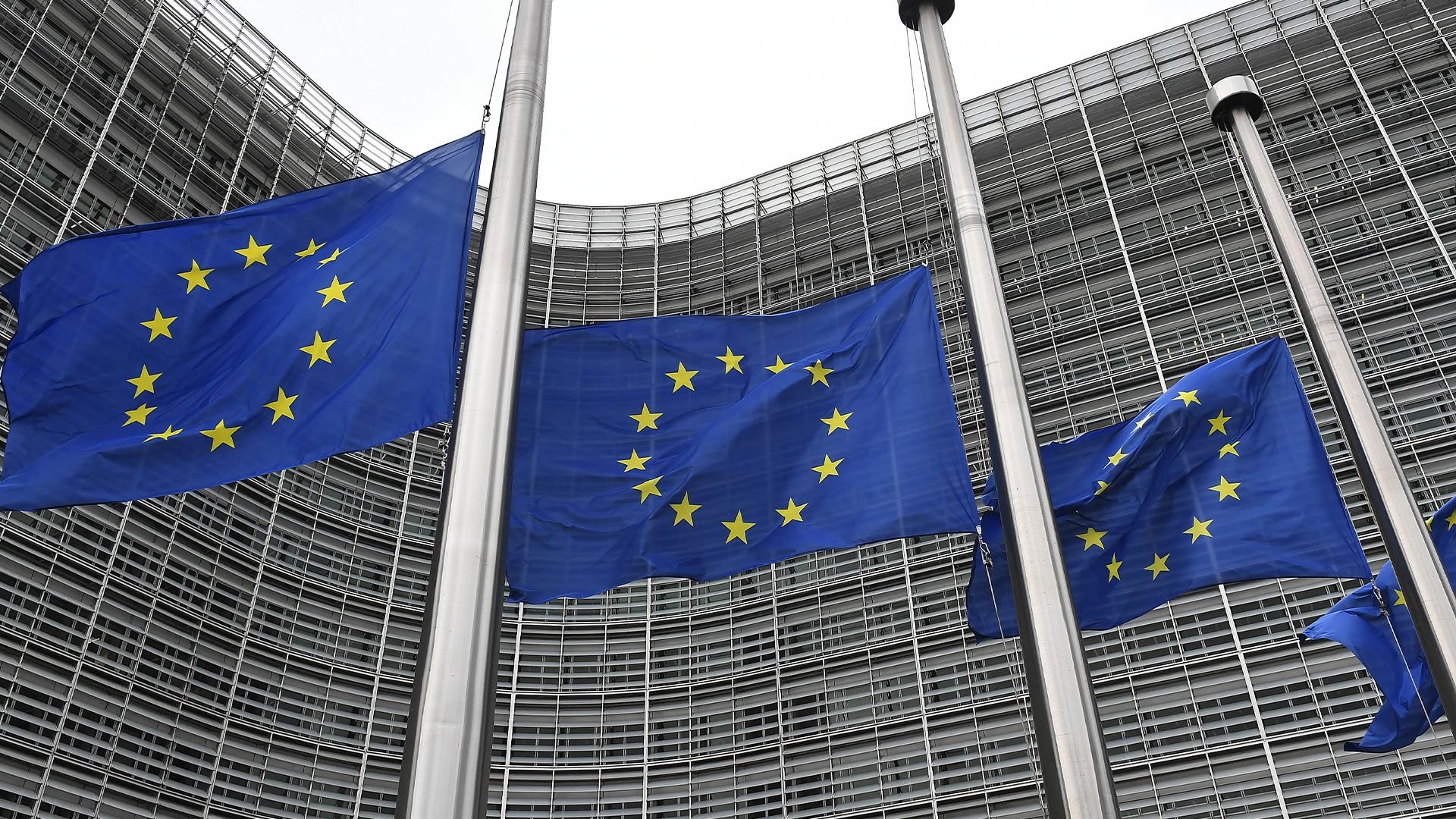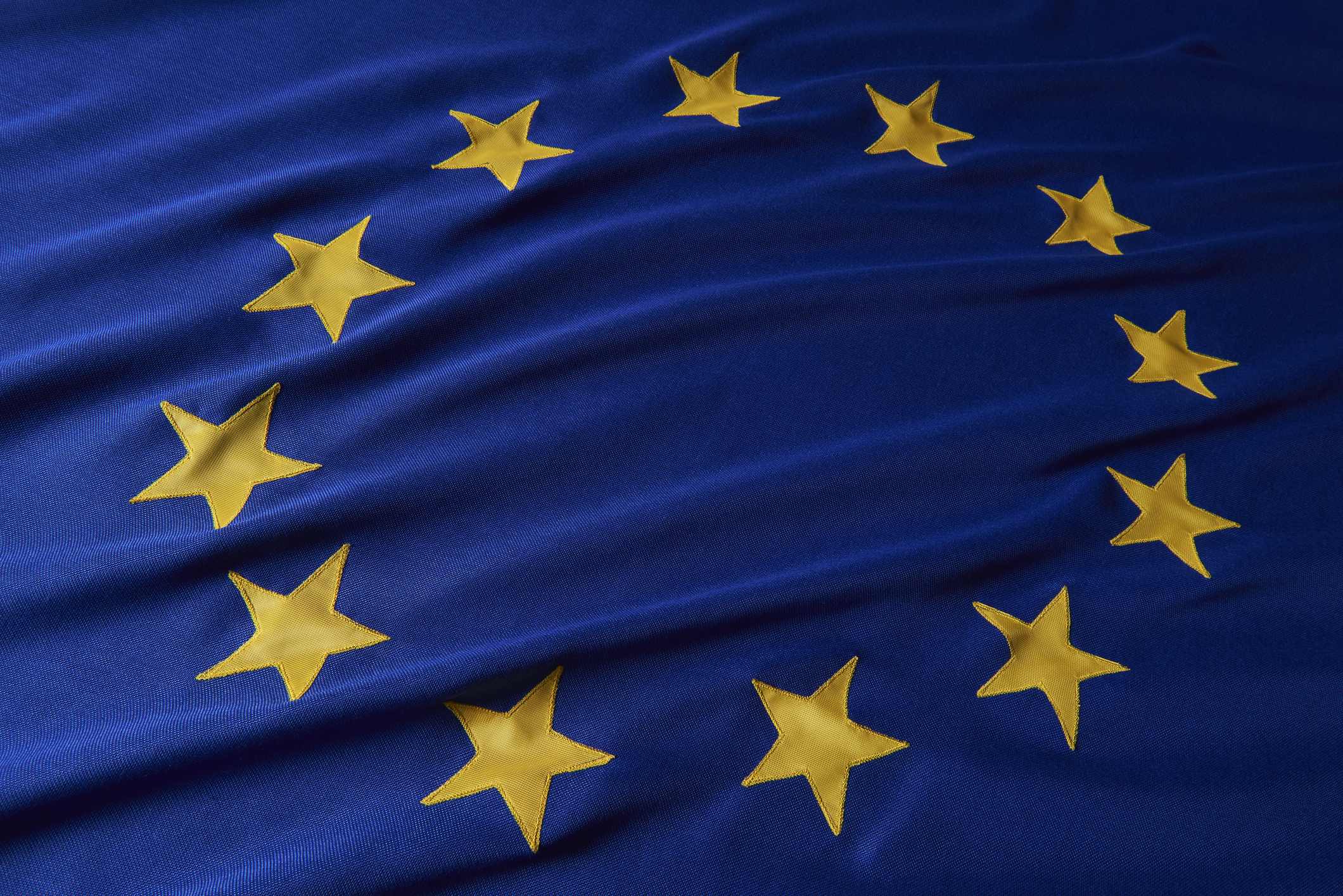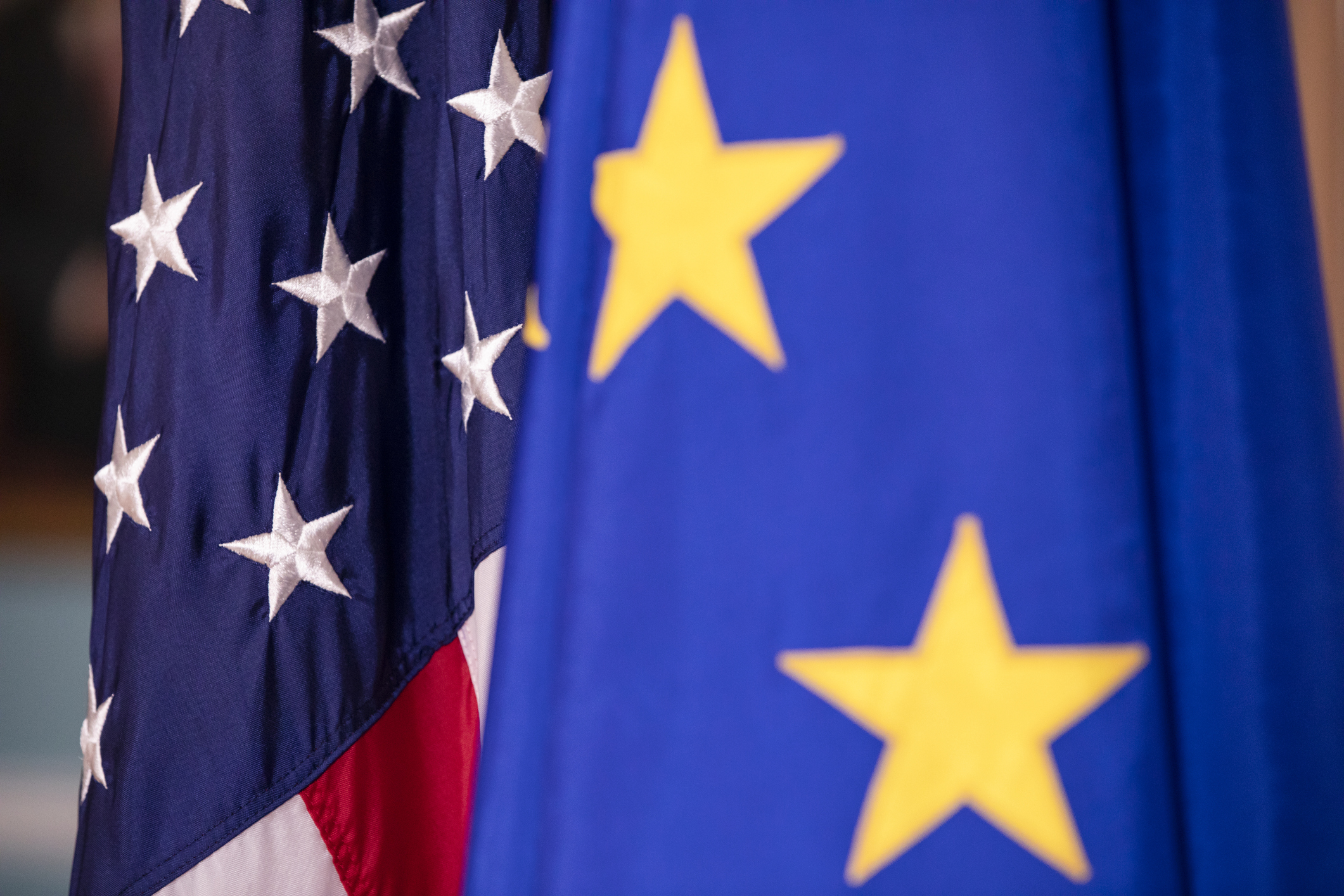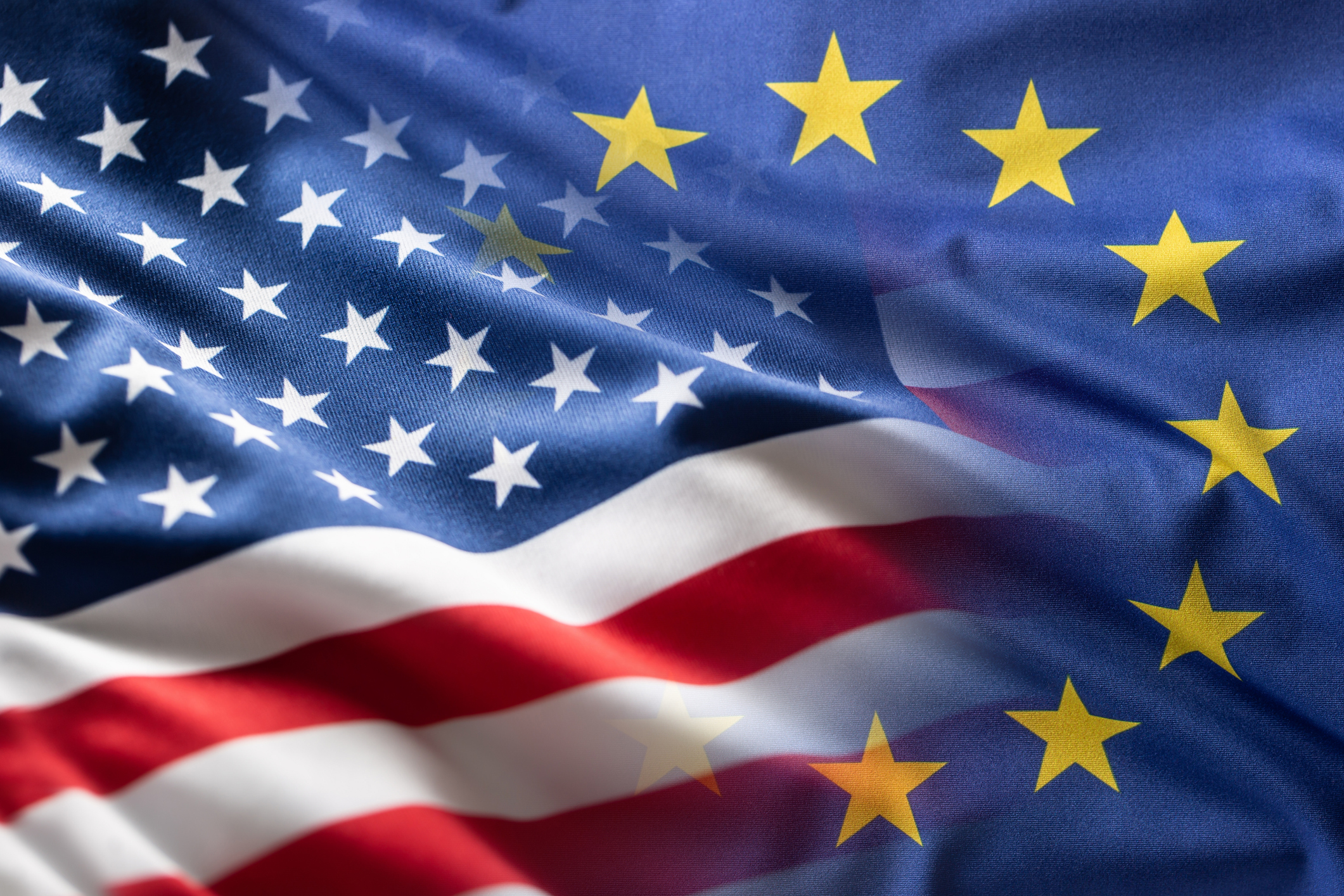US-UK data bridge: Everything you need to know
The US-UK data bridge will ease the complexity of transatlantic data transfers


The US-UK data bridge marks a major step toward easing the complexity of transatlantic data transfers, experts say.
Coming into effect officially on October 12, the US-UK data bridge forms part of the EU-US Data Privacy Framework, which permits the flow of EU-based data to the United States under certain conditions.
The framework was formally adopted by EU lawmakers in July 2023, and replaces the EU-US Privacy Shield, which was deemed invalid by the European Court of Justice in 2020 amidst data privacy concerns.
In June 2023, the UK and US reached an agreement in principle to extend the Data Privacy Framework, creating the data bridge between the two countries.
Sarah Pearce, partner at the Hunton Andrews Kurth law firm, says the introduction of the data bridge will create a more flexible and streamlined business environment for organizations operating on both sides of the Atlantic.
“It’s fair to say that the EU-US Data Privacy Framework – and the add-on UK-US data bridge – represent critical steps forward in easing the current complexity of transatlantic data transfers and should be heralded as a success,” she says.
RELATED RESOURCE

Cyber-resilient infrastructure starts with server security
Transform revenue operations through data-driven decision-making.
DOWNLOAD FOR FREE
Charlie Bromley-Griffiths, corporate counsel at Conga, echoes Pearce’s comment, but warns that businesses will be forced to assign a greater focus to data management and protection from now on.
Get the ITPro daily newsletter
Sign up today and you will receive a free copy of our Future Focus 2025 report - the leading guidance on AI, cybersecurity and other IT challenges as per 700+ senior executives
“This sets the tone for the future of business. From here onwards, enterprises will need to be scrupulous with their data management and ensure they have the right measures in place to comply with the new regulations.
“A lot has changed in the last year, with the Electronic Trade Documents Act, [Northern Ireland] Protocol data sharing agreement and the Schrems II legislation all coming into effect; organizations will need to review their data architecture and contract clauses with their customers and partners.”
The US-UK data bridge explained
The data bridge essentially permits the flow of UK data to another country without the need for further safeguards, according to the UK government.
In this instance, the data bridge takes into account the level of protection provided by the recipient country – the US – and its handling of UK data.
The UK government is satisfied current US data protection and privacy regulations are adequate to support the data bridge, and that personal data will be protected to a level on-par with the Data Protection Act 2018.
“The US data bridge will ensure that high standards of protection for personal data are maintained when the data is sent to certified US organisations,” the government said in an explainer on the issue. “Any US company that elects to receive UK data under the data bridge will be required to maintain those standards.”
Initially, concerns around data protection and privacy practices in the US were a key stumbling block for EU regulators, especially the potential use of data for surveillance purposes.
Long-term, the UK government believes the establishment of the data bridge will unlock growth for businesses, enabling them to share information for research and support science and innovation in both the UK and US.
US-UK data bridge: Lingering concerns
Pearce said that questions surrounding the data bridge still remain, particularly among privacy rights campaigners such as Max Schrems.
The campaigner has argued that changes made to US data privacy rules to accommodate for the framework “do not address fundamental surveillance issues”, Pearce added.
“It’s very likely that this type of criticism will provide ammunition to potential [legal] challenges, and we should expect that the courts will, again, be asked to assess whether the new safeguards are sufficient to be considered essentially equivalent to the safeguards in the EU and the UK,” she said.
“Schrems has already publicly stated he will appeal the adequacy decision in respect of the framework,” Pearce added. “Whether such challenges will be successful, however, is another matter.”

Ross Kelly is ITPro's News & Analysis Editor, responsible for leading the brand's news output and in-depth reporting on the latest stories from across the business technology landscape. Ross was previously a Staff Writer, during which time he developed a keen interest in cyber security, business leadership, and emerging technologies.
He graduated from Edinburgh Napier University in 2016 with a BA (Hons) in Journalism, and joined ITPro in 2022 after four years working in technology conference research.
For news pitches, you can contact Ross at ross.kelly@futurenet.com, or on Twitter and LinkedIn.
-
 Salesforce wants technicians and tradespeople to take AI agents on the road with them
Salesforce wants technicians and tradespeople to take AI agents on the road with themNews Salesforce wants to equip technicians and tradespeople with agentic AI tools to help cut down on cumbersome administrative tasks.
By Ross Kelly Published
-
 ITPro NAB Best of Show 2025 Awards winners unveiled
ITPro NAB Best of Show 2025 Awards winners unveiledThe best of the best have received accolades for their innovation at this year's NAB show in Las Vegas...
By ITPro Published
-
 ‘Europe could do it, but it's chosen not to do it’: Eric Schmidt thinks EU regulation will stifle AI innovation – but Britain has a huge opportunity
‘Europe could do it, but it's chosen not to do it’: Eric Schmidt thinks EU regulation will stifle AI innovation – but Britain has a huge opportunityNews Former Google CEO Eric Schmidt believes EU AI regulation is hampering innovation in the region and placing enterprises at a disadvantage.
By Ross Kelly Published
-
 The EU just shelved its AI liability directive
The EU just shelved its AI liability directiveNews The European Commission has scrapped plans to introduce the AI Liability Directive aimed at protecting consumers from harmful AI systems.
By Ross Kelly Published
-
 A big enforcement deadline for the EU AI Act just passed – here's what you need to know
A big enforcement deadline for the EU AI Act just passed – here's what you need to knowNews The first set of compliance deadlines for the EU AI Act passed on the 2nd of February, and enterprises are urged to ramp up preparations for future deadlines.
By George Fitzmaurice Last updated
-
 EU agrees amendments to Cyber Solidarity Act in bid to create ‘cyber shield’ for member states
EU agrees amendments to Cyber Solidarity Act in bid to create ‘cyber shield’ for member statesNews The EU’s Cyber Solidarity Act will provide new mechanisms for authorities to bolster union-wide security practices
By Emma Woollacott Published
-
 The EU's 'long-arm' regulatory approach could create frosty US environment for European tech firms
The EU's 'long-arm' regulatory approach could create frosty US environment for European tech firmsAnalysis US tech firms are throwing their toys out of the pram over the EU’s Digital Markets Act, but will this come back to bite European companies?
By Solomon Klappholz Published
-
 EU AI Act risks collapse if consensus not reached, experts warn
EU AI Act risks collapse if consensus not reached, experts warnAnalysis Industry stakeholders have warned the EU AI Act could stifle innovation ahead of a crunch decision
By Ross Kelly Published
-
 Three quarters of UK firms unprepared for NIS2 regulations, study finds
Three quarters of UK firms unprepared for NIS2 regulations, study findsNews Senior management can be held personally liable for non-compliance under NIS2 rules
By Ross Kelly Published
-
 EU-US Data Transfer Framework will be overturned within five years, says expert
EU-US Data Transfer Framework will be overturned within five years, says expertNews Gartner VP analyst dubs the adequacy ruling “Déjà EU”, citing lack of transparency over remediation
By Rory Bathgate Published
